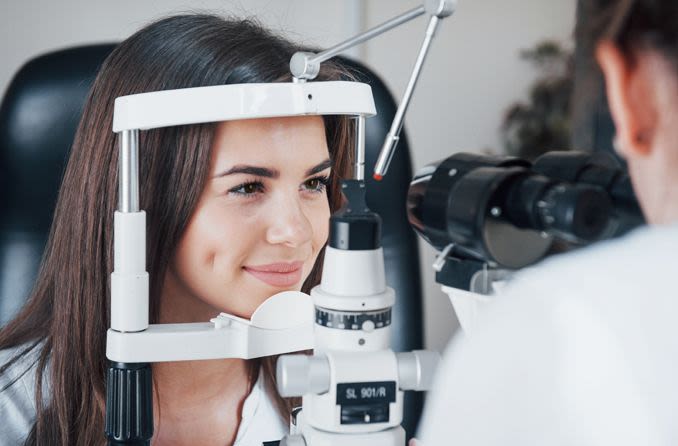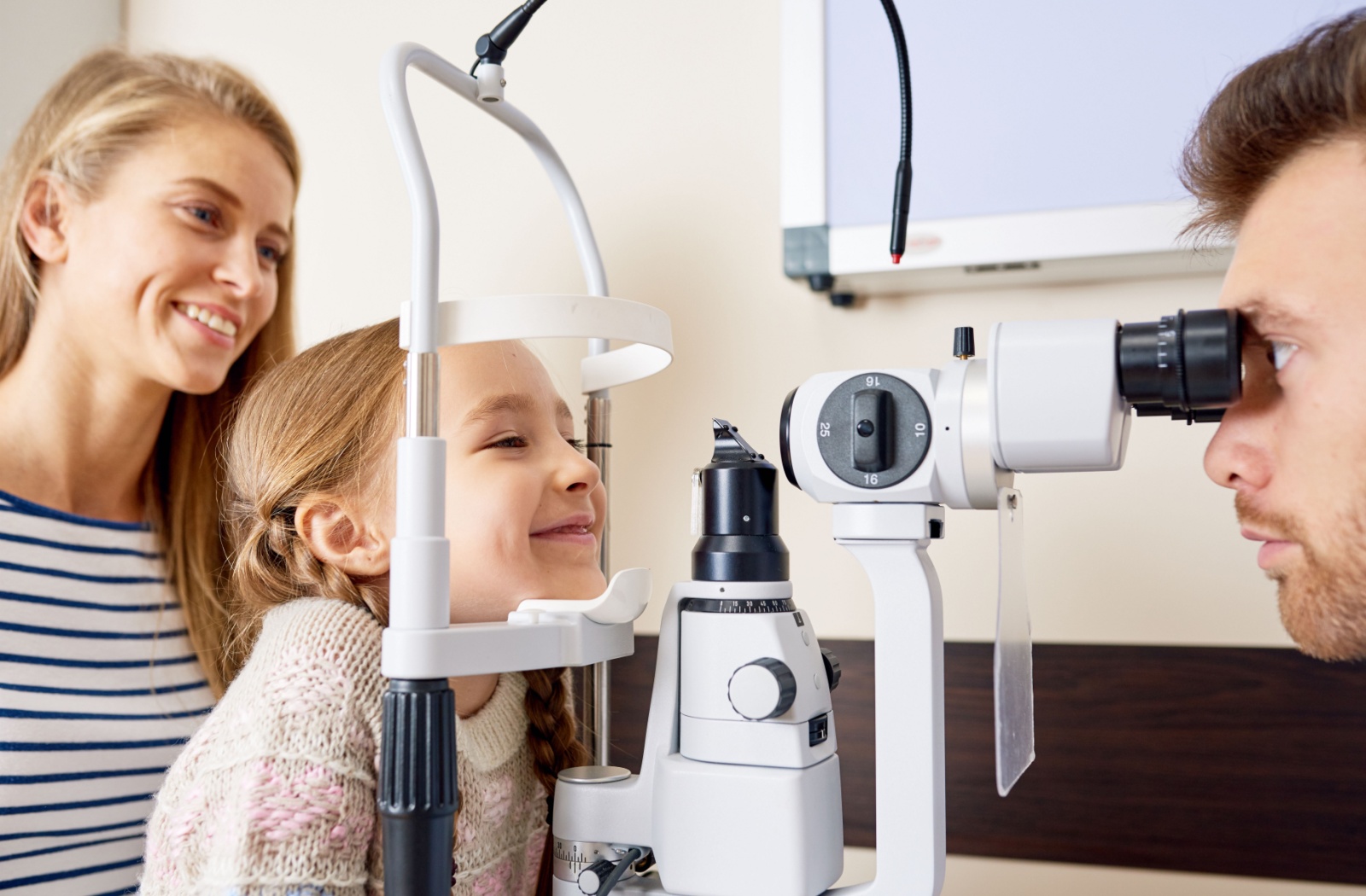All Categories
Featured
Low vision is a condition that significantly affects everyday activities like analysis, driving, or acknowledging faces, despite restorative lenses. For people encountering such obstacles, low vision rehabilitation offers a path to restore freedom and boost lifestyle. Allow's look into the readily available alternatives for reduced vision recovery and exactly how they help individuals browse the world much more with confidence.
Comprehending Low Vision Rehab
Low vision rehabilitation is a specific service designed to make best use of the practical capabilities of individuals with permanent vision disability. This multidisciplinary approach includes evaluations, training, and tools tailored to every person's distinct needs. The goal is to empower people by boosting their continuing to be vision and training techniques to adjust to their environment.
Key Options in Low Vision Rehabilitation
Comprehensive Eye Evaluations
A reduced vision professional carries out in-depth evaluations to comprehend the extent of vision loss and recognize ideal interventions. These exams concentrate on establishing the person's aesthetic skill, field of vision, and light level of sensitivity.
Assistive Tools and Innovation
A large range of innovations and devices are available to aid individuals with low vision:
Magnifiers: Handheld, stand-mounted, or digital magnifiers help increase the size of text or images.
Telescopic Lenses: Useful for distance watching, such as viewing television or reading street indications.
Display Viewers: Software program that checks out out loud the text on a display, helping those who have problem with analysis.
CCTV Systems: Closed-circuit televisions magnify published material or items for easier viewing.
![]()
Smart Device Apps: Applications like Be My Eyes or Seeing AI provide real-time support and descriptions of surroundings.
Educating Programs
Vision recovery includes training to enhance the use of staying vision and adjust to brand-new devices:
Positioning and Movement Training: Assists people navigate strange areas and utilize walking sticks or guide canines successfully.
Daily Living Abilities: Instructs strategies for food preparation, brushing, and other everyday jobs with restricted vision.
Visual Skills Training: Entails workouts to strengthen peripheral vision or improve emphasis.
Ecological Modifications
Adjusting the home or workplace can substantially enhance independence:
Setting up brighter lighting and contrasting colors.
Adding responsive markers to appliances.
Preparing furnishings to create clear courses and minimize challenges.
Therapy and Psychological Assistance
Vision loss can be psychologically challenging. Assistance teams and therapy solutions aid people manage the psychological impact and build durability.
That Offers Low Vision Recovery?
Reduced vision rehab solutions are used by:
Reduced Vision Specialists: Optometrists or eye doctors with added training.
Physical Therapists: Specialists that concentrate on enhancing day-to-day performance.
Rehab Counselors: Specialists that assist with emotional and emotional assistance.
![]()
Conclusion
Low vision rehabilitation is a lifeline for those living with substantial vision loss. If you or an enjoyed one is experiencing vision difficulties, consider getting to out to a low vision expert to check out these transformative rehab services.
Comprehending Low Vision Rehab
Low vision rehabilitation is a specific service designed to make best use of the practical capabilities of individuals with permanent vision disability. This multidisciplinary approach includes evaluations, training, and tools tailored to every person's distinct needs. The goal is to empower people by boosting their continuing to be vision and training techniques to adjust to their environment.
Key Options in Low Vision Rehabilitation
Comprehensive Eye Evaluations
A reduced vision professional carries out in-depth evaluations to comprehend the extent of vision loss and recognize ideal interventions. These exams concentrate on establishing the person's aesthetic skill, field of vision, and light level of sensitivity.
Assistive Tools and Innovation
A large range of innovations and devices are available to aid individuals with low vision:
Magnifiers: Handheld, stand-mounted, or digital magnifiers help increase the size of text or images.
Telescopic Lenses: Useful for distance watching, such as viewing television or reading street indications.
Display Viewers: Software program that checks out out loud the text on a display, helping those who have problem with analysis.
CCTV Systems: Closed-circuit televisions magnify published material or items for easier viewing.

Smart Device Apps: Applications like Be My Eyes or Seeing AI provide real-time support and descriptions of surroundings.
Educating Programs
Vision recovery includes training to enhance the use of staying vision and adjust to brand-new devices:
Positioning and Movement Training: Assists people navigate strange areas and utilize walking sticks or guide canines successfully.
Daily Living Abilities: Instructs strategies for food preparation, brushing, and other everyday jobs with restricted vision.
Visual Skills Training: Entails workouts to strengthen peripheral vision or improve emphasis.
Ecological Modifications
Adjusting the home or workplace can substantially enhance independence:
Setting up brighter lighting and contrasting colors.
Adding responsive markers to appliances.
Preparing furnishings to create clear courses and minimize challenges.
Therapy and Psychological Assistance
Vision loss can be psychologically challenging. Assistance teams and therapy solutions aid people manage the psychological impact and build durability.
That Offers Low Vision Recovery?
Reduced vision rehab solutions are used by:
Reduced Vision Specialists: Optometrists or eye doctors with added training.
Physical Therapists: Specialists that concentrate on enhancing day-to-day performance.
Rehab Counselors: Specialists that assist with emotional and emotional assistance.

Conclusion
Low vision rehabilitation is a lifeline for those living with substantial vision loss. If you or an enjoyed one is experiencing vision difficulties, consider getting to out to a low vision expert to check out these transformative rehab services.
Latest Posts
Learn How to Save Big on Car Maintenance with Montclare Auto Repair’s Exclusive Deals
Published May 27, 25
1 min read
The Benefits of Routine Vehicle Maintenance at Montclare Auto Repair Saves You Money
Published May 27, 25
1 min read
Uncover the Leading Auto Repair Deals in Montclare, Chicago
Published May 22, 25
1 min read
More
Latest Posts
Learn How to Save Big on Car Maintenance with Montclare Auto Repair’s Exclusive Deals
Published May 27, 25
1 min read
The Benefits of Routine Vehicle Maintenance at Montclare Auto Repair Saves You Money
Published May 27, 25
1 min read
Uncover the Leading Auto Repair Deals in Montclare, Chicago
Published May 22, 25
1 min read